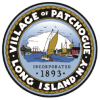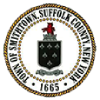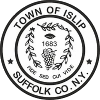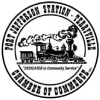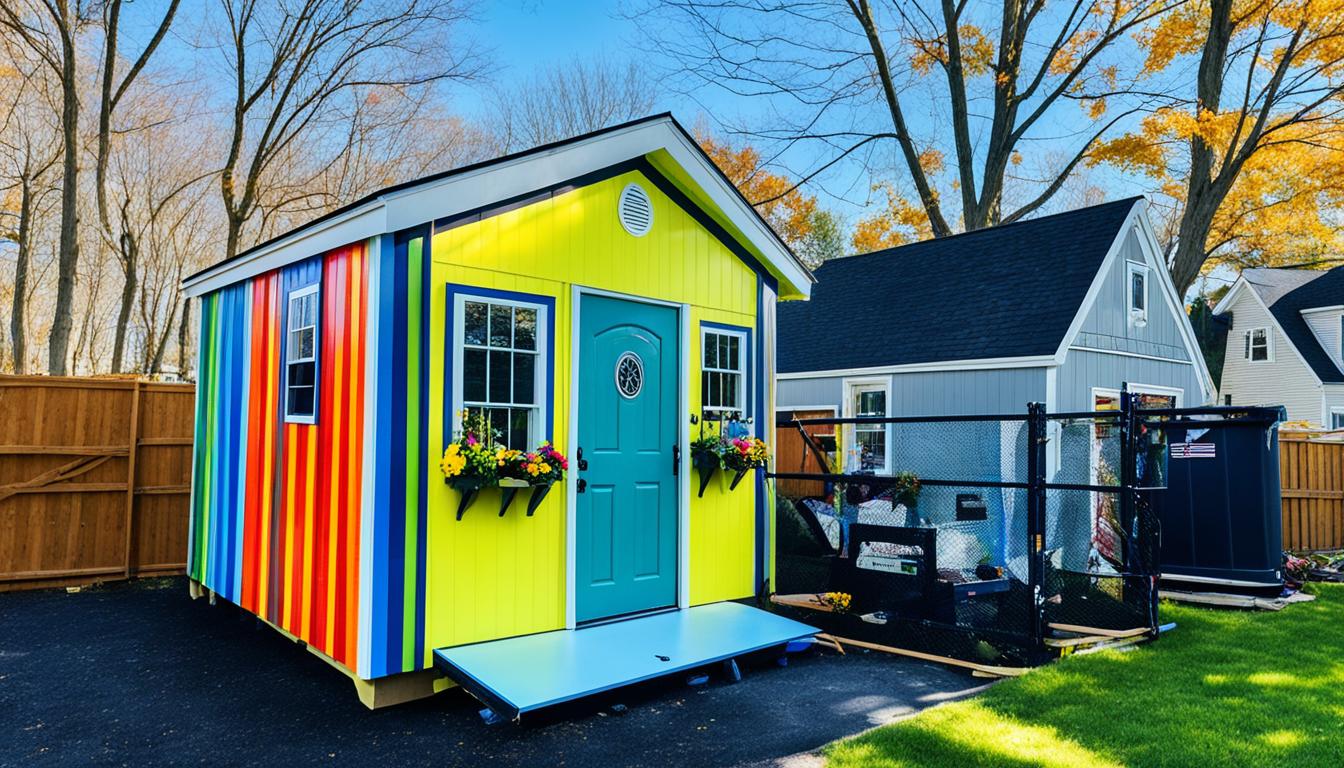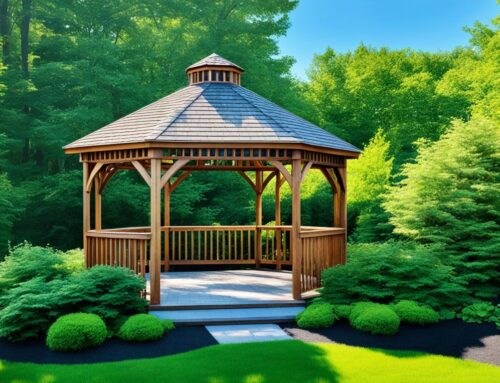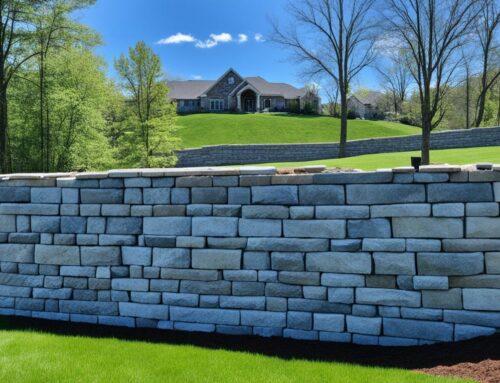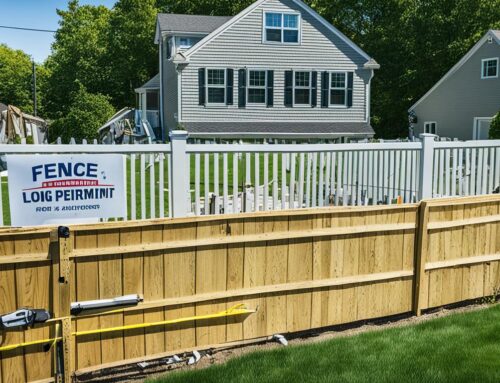On Long Island, a shed over 144 square feet needs a permit. If not, fines can reach $600 in New York City. Understanding local shed permit rules is crucial to avoid these fines. Traci’s Permits can help Long Island homeowners with this.
Traci’s Permits offers help with shed permits, following Nassau/Suffolk codes closely. While a permit is needed for sheds over 144 square feet, rules change depending on the place. For example, in Ithaca, small sheds without plumbing or electrical systems don’t need permits. But in Mt. Vernon, any shed over 60 square feet does.
Knowing these rules is important to avoid fines and “Stop Work Orders.” For instance, in Albany, fines are $300, but in NYC, they start at $600. It’s easy to apply for permits online in most places. Also, shed permits in New York usually last for one year. Work must start within six months of getting your permit.
Key Takeaways
- Permits are required for sheds larger than 144 square feet in most of New York.
- Local regulations on shed permits can vary significantly, impacting cost and penalties.
- Failing to secure the proper permits can result in fines and “Stop Work Orders.”
- Permits are usually valid for one year, with construction starting within six months.
- Traci’s Permits streamlines the permit process, ensuring adherence to Nassau/Suffolk codes.
Understanding Shed Permit Requirements on Long Island
Getting a shed permit on Long Island is key for both homeowners and builders. Let’s dive into regulations and exemptions. Here’s all you need to know about the permit process.
When is a Shed Permit Required?
A New York shed permit is needed for sheds over 144 square feet on Long Island. You’ll also need one if your shed needs plumbing, electricity, or heating. Always check local rules as they can differ.
Shed Size Regulations
In towns like Hempstead, there are clear rules for detached accessory buildings and sheds. For example:
- Sheds smaller than 52 cubic feet and under 72 inches tall don’t need permits.
- The largest allowed size is 144 square feet, 9 feet tall, and 12 feet wide.
- Sheds must be 2 feet away from back and side lines, and at least 45 feet from the front line.
If you don’t follow these rules, you might face penalties. You may need to change your shed’s location of windows and doors for the right setbacks and to use your property correctly.
Common Exemptions
Some exemptions mean you won’t need a building permit:
- Sheds smaller than 52 cubic feet
- Resin sheds on pavers, because they’re not permanent
- Playhouses or swing sets
- Small indoor changes like new wallpaper or carpet
Pre-made storage units are sometimes also exempt. It’s wise to talk to Hempstead’s Buildings Department. They can explain when you don’t need a New York shed permit.
Here’s a quick guide to shed regulations:
| Shed Size | Permit Requirement |
|---|---|
| Up to 52 cubic feet, height ≤ 72 inches | Not Required |
| Over 52 cubic feet or height > 72 inches | Required |
| Attached to a house | Required (must follow house setbacks and lot coverage) |
| Non-permanent structures (e.g., resin sheds) | Not Required |
Following these guidelines helps avoid fines and delays. This makes your shed project compliant and stress-free.
Zoning Laws and Setback Requirements
Understanding zoning laws and setback requirements is key when you plan to add a shed in Long Island. These rules help make sure sheds are placed right. This keeps the neighborhood looking good and functioning well.
Property Line Distances
The shed’s distance from property lines depends on its zone and size. For small sheds, under 100 square feet, a 2-foot gap from the line is needed. You don’t need a permit for this.
For sheds larger than 144 square feet, a 5-foot distance is required. And for those over 199 square feet, a 10-foot space is mandatory in certain areas.
Setback Requirements for Sheds
Setback rules make sure sheds have safe gaps from property lines. This helps avoid issues and follows town codes. A small shed might only need a 2-foot setback from the line.
But, if the shed is over 144 square feet, it needs at least a 5-foot setback. And for those bigger than 199 square feet, a 10-foot gap is necessary. It’s crucial to follow these to avoid problems.
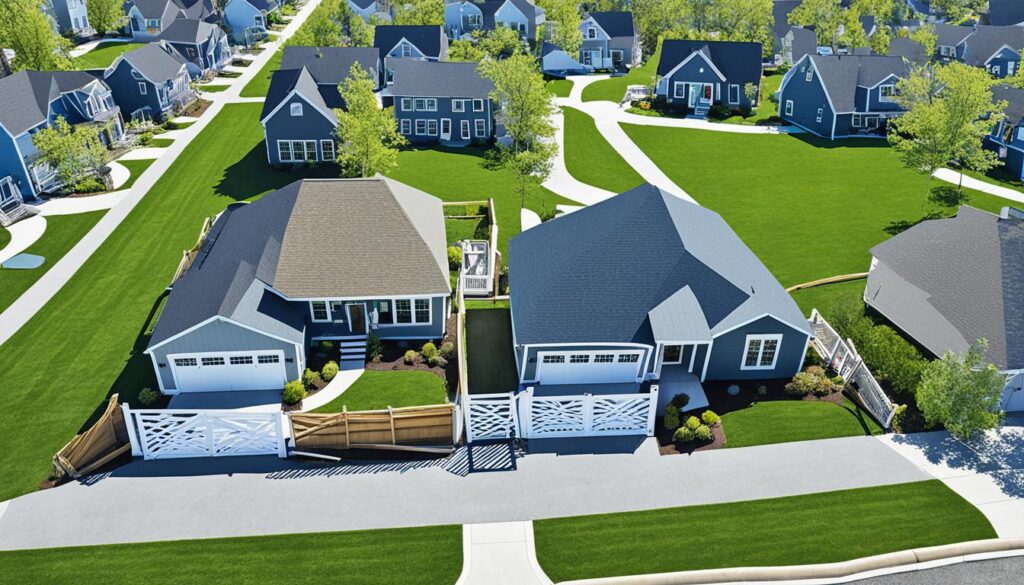
In some places in Long Island, zoning laws also set a height limit for sheds, often at 6 feet in residential areas. Knowing these laws and following the setback rules helps place your shed right. This way, you won’t cross lines or break any laws.
Steps for Obtaining a Shed Permit on Long Island
Getting a shed permit on Long Island is simple with the right steps. This guide will take you through the permit application process. You’ll learn about the needed documents, approval, and inspection phases.
Initial Application Process
Starting a shed permit begins with the permit application. You can fill out this application online or at local Building Departments. Whether it’s for a new shed or replacing an old one, it’s key to accurately complete your application. Make sure to check your local department’s specific requirements, as they can vary.
Required Documentation
To apply for a building permit, you need to collect several documents. These include:
- Contractor’s insurance certificates
- A comprehensive project description
- Detailed plans showing the foundation, roof type, size, and property layout
- Surveys, plot plans, and four copies of construction drawings
If your shed is over 145 square feet, you’ll need additional items like plans and a Certificate of Occupancy (CO). Sheds must also be at least 4 feet from property lines. Larger sheds have more specific rules for placement.
Approval and Inspection
After submitting your building permit application, the approval can take 7-10 business days, but times may vary. After approval, an inspection checks if your shed matches the plans and follows local codes. Inspectors might measure your shed, so it’s important to stick to your plans.
It’s good to keep in touch with local officials during the building permit process. This can make getting your permit and passing inspections easier.
| Structure Size | Permit Requirements | Setback Distance |
|---|---|---|
| Up to 144 sq. ft. | No permit needed | Minimum 4 feet |
| 145 – 199 sq. ft. | Permit and CO required | Minimum 5 feet |
| Over 199 sq. ft. | Permit, CO, and plans required | Varies by zoning |
Town of Hempstead Shed Permit Process
The Town of Hempstead sets rules for shed construction. You must know these rules for an easy permit process. It’s key to get familiar with shed regulations.
Navigating Local Codes
Understanding local codes is about knowing specific rules for sheds. For example, small sheds under 52 cubic feet don’t need a permit. But, larger sheds must follow strict rules and get permits.
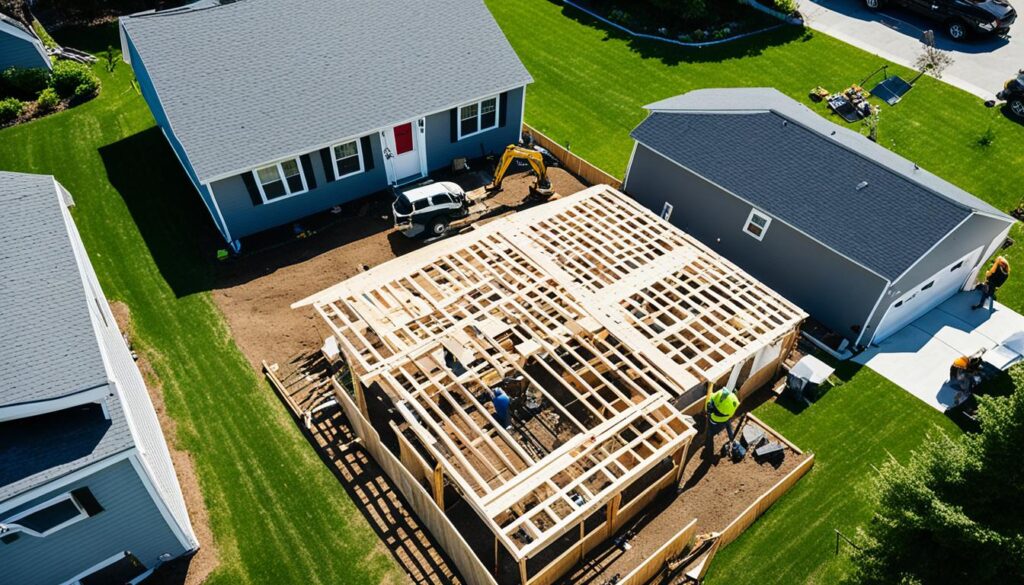
The code limits shed size too. They must not be larger than 144 square feet. They also have height and width limits. Sheds should be placed properly according to property lines.
Common Challenges
Homeowners face certain challenges with these regulations. Meeting the setback requirements and height limits can be tough. Consulting the latest Town Code or the Building Department helps overcome these.
Working with local Building Departments is crucial. They help classify sheds properly and guide through the process. Make sure to use the most current info to avoid problems.
Shed Permit Long Island: Key Tips for Quick Approval
Getting your shed permit quickly on Long Island means being smart from the start. Know the local codes early to prepare well. Make sure you have everything you need like contractor licenses and detailed plans.
Follow Nassau and Suffolk’s rules closely to avoid mistakes. It helps to provide clear documents and drawings. These should show your property lines and where you’ll put the shed. Always ask town hall questions if you’re unsure.
Getting help from professionals like Tracis Permits can make things easier. They can guide you through any tricky parts of getting a permit. Remember, permits cost different amounts and usually take about six weeks to get processed.
Conclusion
Getting shed permits on Long Island means knowing the rules of New York. You need to look at shed size, zoning, and how far the shed should be from property lines. It’s important to do this right to avoid fines and keep your project on track.
To get your permit, you need to understand building codes and HOA rules. Sheds over 100 square feet have more rules, like how far they must be from your home. If your shed has electricity or plumbing, you’ll need extra permits for safety.
Using a permit service like Tracis Permits helps make things easier. Being well-prepared and quick to respond helps get your permit faster. This lets you finish your shed and improve your home on Long Island. These steps help make sure your project succeeds, meeting all the requirements and making your property better.




